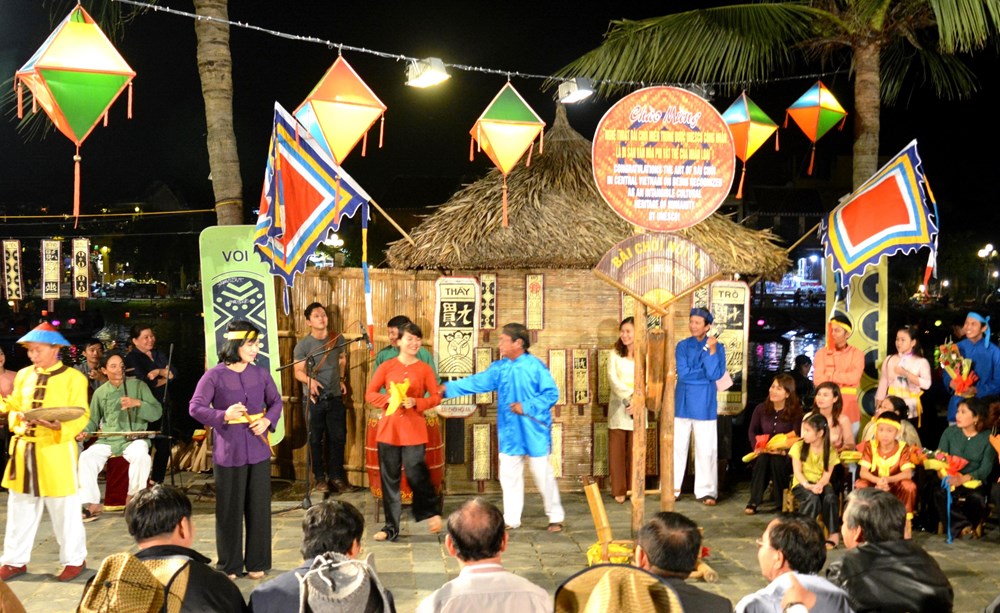
Preserving and reviving heritage in urban life demonstrates responsibility to the roots and is a sustainable investment in the cultural appearance of a livable city.
Folk art and culture in the modern flow
Preservation does not mean confining it to a museum. With the right efforts, folk art can be alive, spread and touch the hearts of young audiences, as an essential part of contemporary culture.
In the context of rapid urbanization, young cities like Da Nang are facing significant challenges in preserving and promoting the values of folk art and culture. The profound changes in lifestyle, tastes, and the wave of modern cultural trends, especially among young people, are gradually encroaching on the living space of traditional art forms such as Tuong, Bai Choi, folk songs, etc.
Many festivals and customs that originally embody the cultural soul of coastal fishermen are now at risk of being "theatricalized", when they are no longer organized based on the true spiritual and religious needs of the community but are more focused on serving tourism and performance. Researcher Bui Van Tieng cannot help but feel pained when he commented: "After more than 20 years of urbanization, Da Nang is gradually losing its ancient fishing villages such as Dong Hai, Nam Tho... The basket boats of the past may now only be memories."
Living space is shrinking, the old artisans are gradually disappearing, the successors have not been systematically nurtured, while traditional festivals are shortened, simplified, and even mixed with modern rituals. The Cau Ngu Festival - once a sacred spiritual support for fishermen - now lacks the natural participation of the original community in many places, losing its inherent sincerity.
However, many researchers still believe that folk culture can become a valuable resource for the cultural and tourism industries if it is exploited carefully and respects the original. As researcher Ho Xuan Tinh shared: “The problem here is how to develop urban areas while preserving heritage. Because folk culture is not only memory, but also the future of a city with identity”.
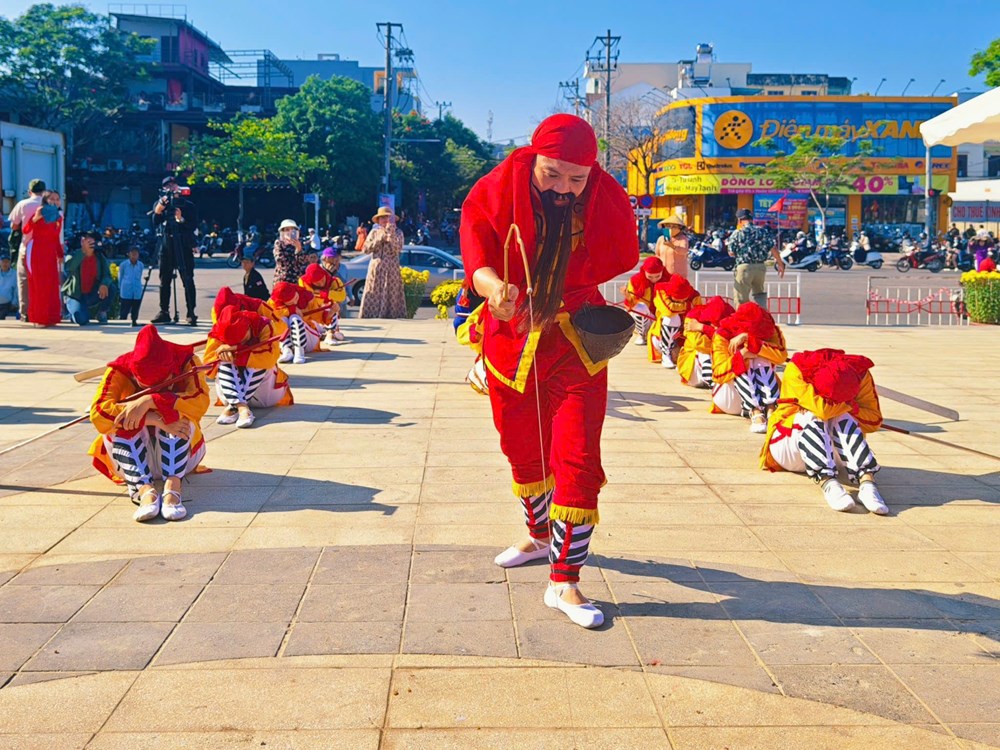
Treasures of the past in the face of new opportunities and challenges
In the increasingly strong flow of urbanization, especially in young cities like Da Nang, folk art and culture are not only at risk of being lost, but also require creative, systematic and sustainable strategies for preservation and promotion. The values that have been nurtured through the memories of the elderly, if not promptly preserved, will gradually fade over the years.
Researcher Ho Xuan Tinh believes that coastal culture needs to live in the space and community that created it. Therefore, to preserve folk cultural heritage, we must first preserve the coastal village, where values are nurtured and spread. At the same time, digitizing heritage is also an effective way to help bring VHDG closer to the modern public - regardless of time and space.
In the academic environment, many educational institutions have pioneered innovative approaches to heritage. Master Nguyen Thi Kim Bai (Duy Tan University) said that through integrating local culture into lectures, students of tourism, communications, and languages not only learn but also live in the local cultural space. From there, they not only understand but also see themselves as part of the mission of preserving national heritage.
Despite the challenges, there are still many positive signs. Researcher Bui Van Tieng believes that the merger roadmap of Da Nang - Quang Nam will open up many valuable opportunities for the preservation and promotion of VHDG: Firstly, the heritage treasure after the merger will be richer, creating motivation to organize many activities of collection, research, performance and teaching.
Second, the workforce of artisans, lecturers, and researchers in both localities will become a strong human resource, playing a "pillar" role in preserving heritage. Third, the convergence of heritage types, from mountainous to coastal areas, will create a diverse experience space for the public and expand the performance stage for artisans. Fourth, the mobilization of investment resources (both public and socialized) will be more favorable, especially in implementing national-level projects on preserving the culture of ethnic minorities such as Co Tu, Cor, Hoa... in Da Nang.
However, to realize these opportunities, researcher Bui Van Tieng emphasized, we must start from education: Improve the quality of teaching folk culture and arts in schools, make heritage values a vivid part of Literature lessons. At the same time, professionalize the management and protection of heritage, avoid the situation of "no one cries for public property", especially at the grassroots level - the place closest to the people and the heritage.
Mr. Nguyen Nho Khiem, Chairman of the Union of Literature and Arts Associations of Da Nang City affirmed: “Folk culture and art are a treasure of the past. If we know how to preserve and breathe new life into them, they will become a valuable resource to build a modern Da Nang that is still imbued with its identity, where heritage is not only preserved, but also comes alive in today’s urban life.”
Source: https://baovanhoa.vn/van-hoa/giu-lai-thanh-am-xu-so-143195.html








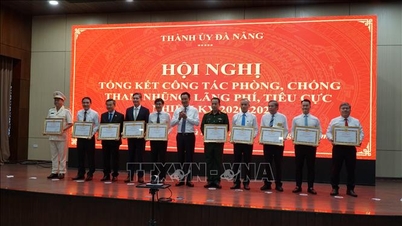















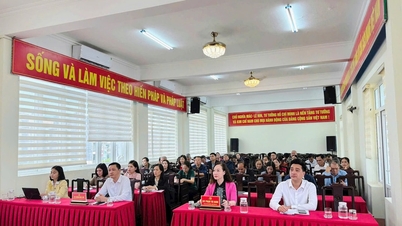



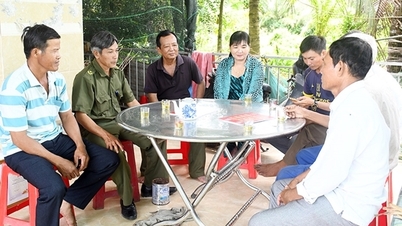
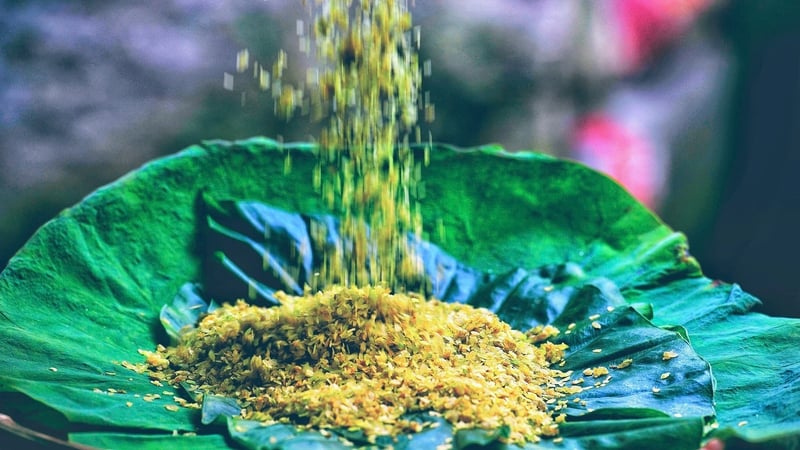












![[Video] Hue Monuments reopen to welcome visitors](https://vphoto.vietnam.vn/thumb/402x226/vietnam/resource/IMAGE/2025/11/05/1762301089171_dung01-05-43-09still013-jpg.webp)



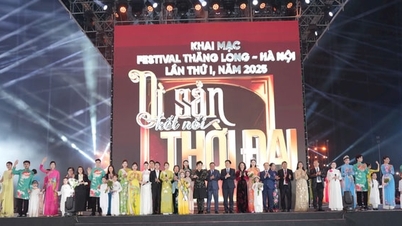



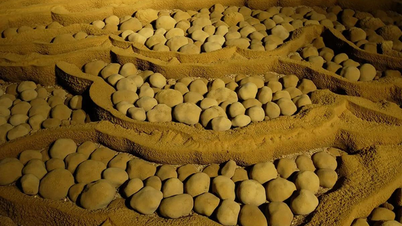







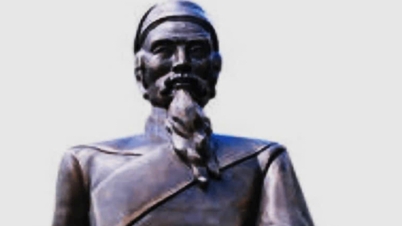

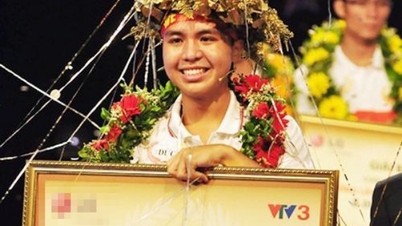








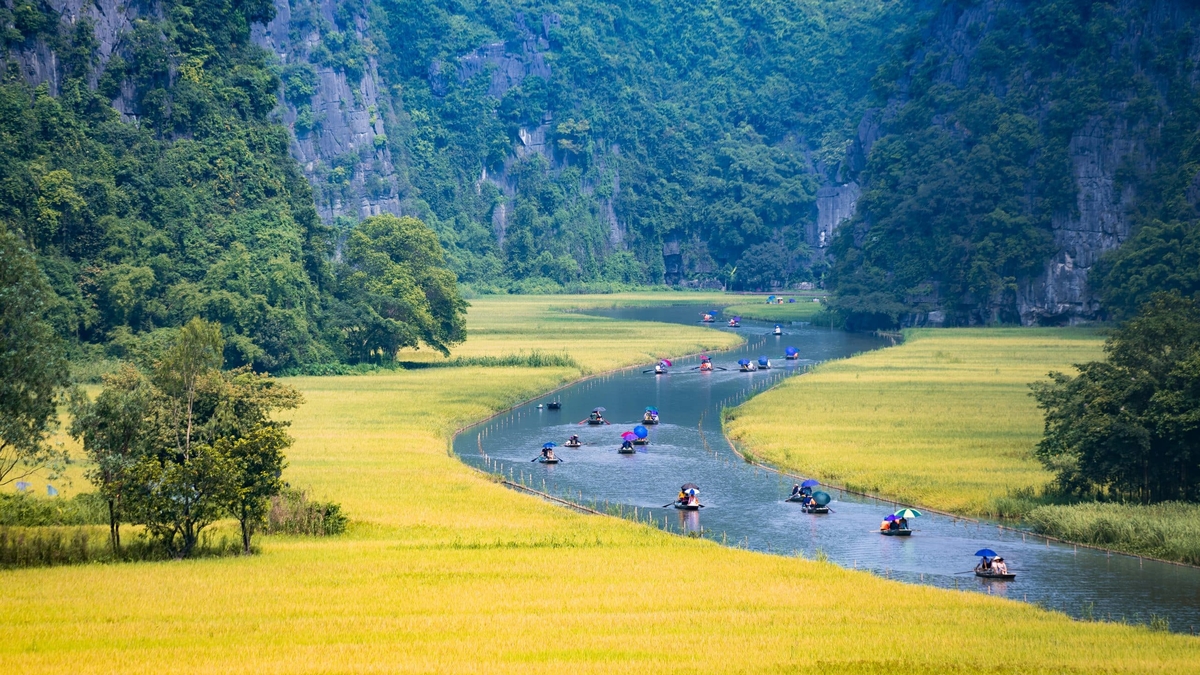





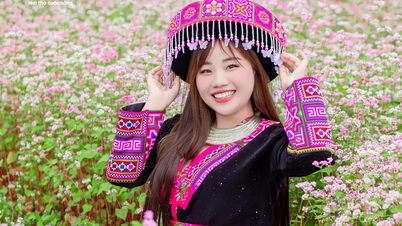








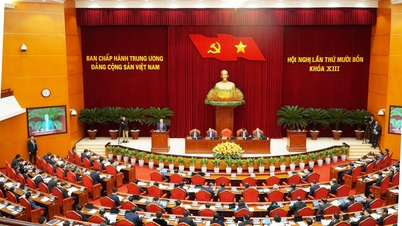
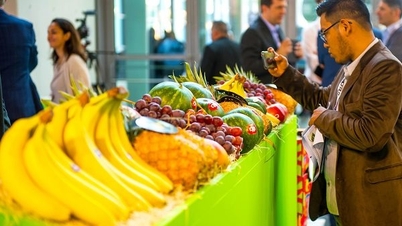


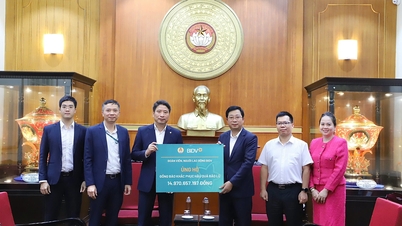
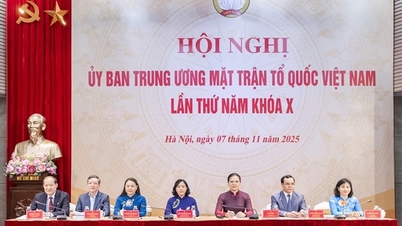

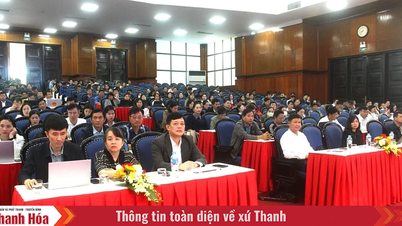



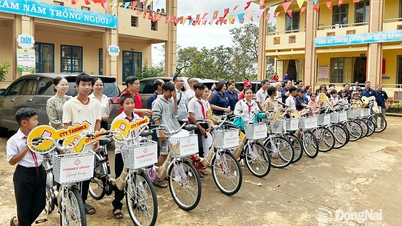















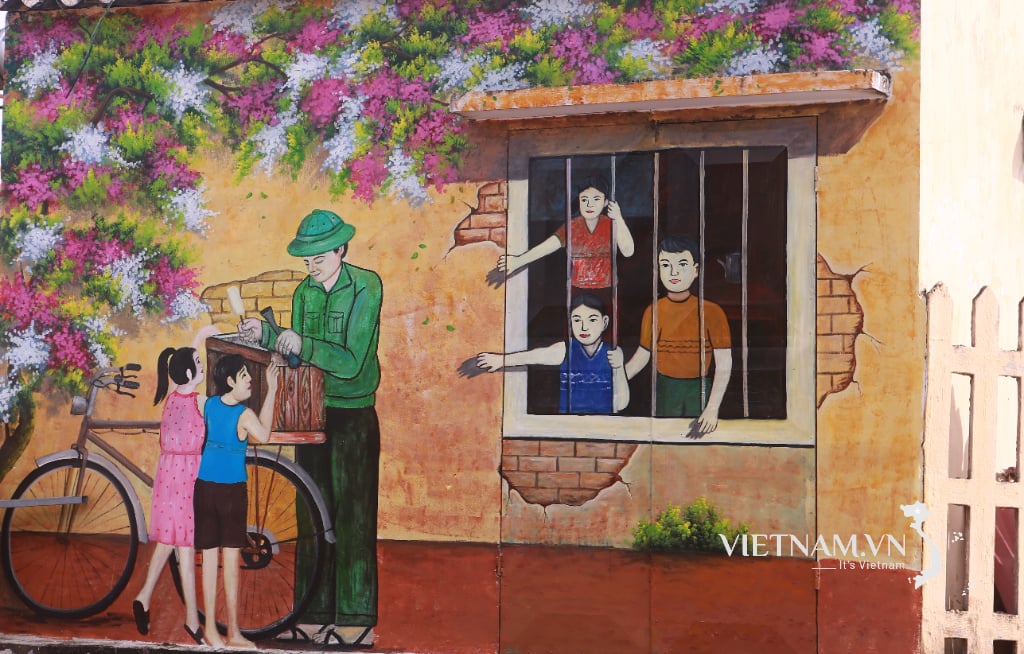

Comment (0)